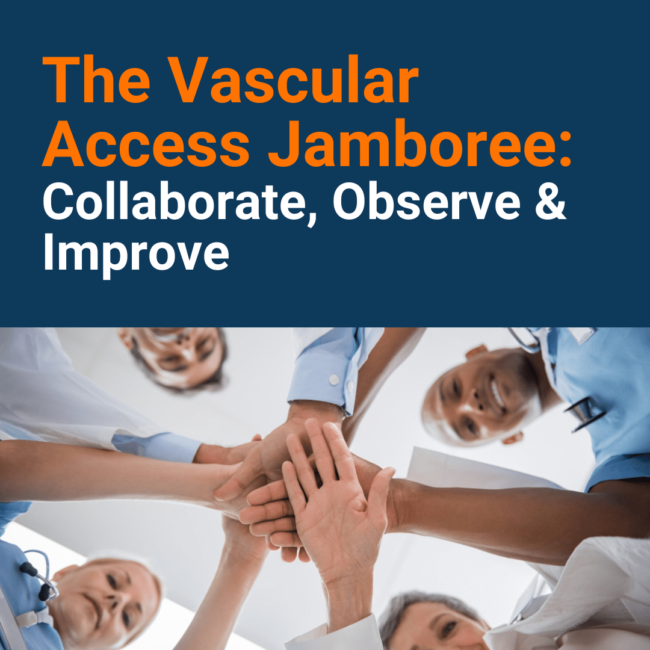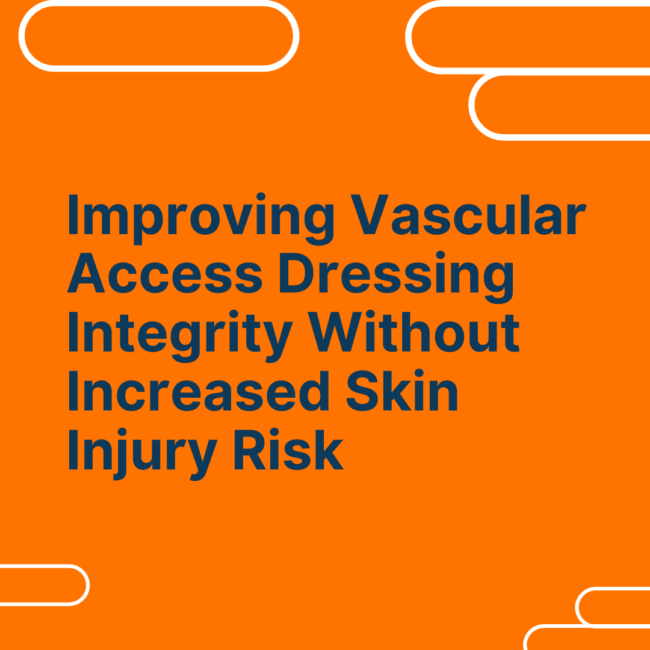The Vascular Access Jamboree: Collaborate – Observe – Improve
The majority of hospitalized patients can expect to receive an IV catheter during their hospital stay. In fact, peripheral IV placement is the most common invasive procedure performed worldwide. Yet, it is well documented that IV failures and complications remain unacceptably high.¹ Facilities must address these issues to improve patient quality of care. Observation through…











